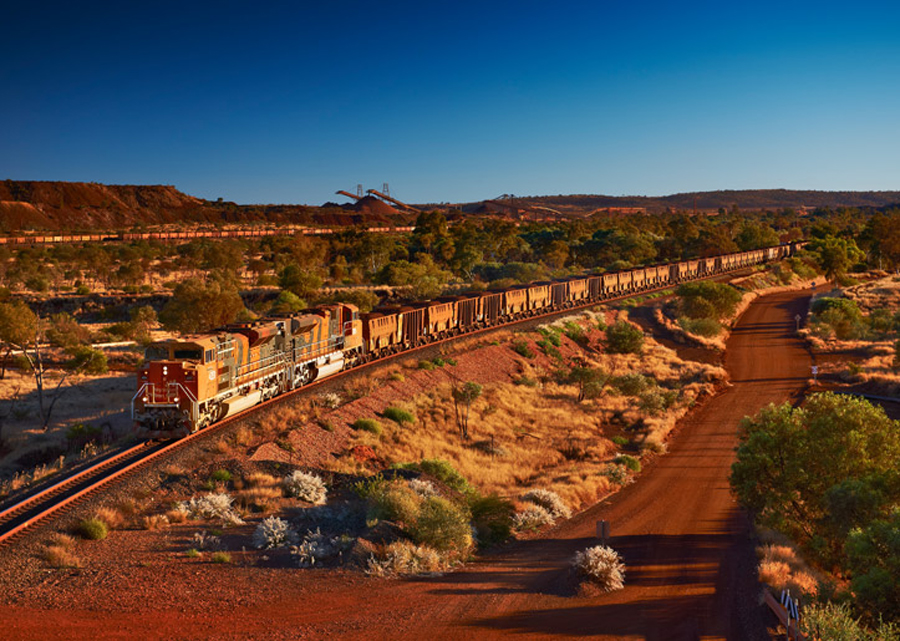
The import price of 62% Fe content ore at the Chinese port of Qingdao advanced again on Thursday trading at $68.49 per dry metric tonne according to data supplied by Metal Bulletin. The price of the steelmaking raw material is now up nearly 30% from lows hit this time last year.
Demand from top consumer China has stayed robust – cargoes for the first five months of 2018 now total 448m tonnes compared to just over 1 billion tonnes for the full year 2017.
There has also been a notable shift towards higher grade imported ore from Australia, Brazil and South Africa as Beijing shuts down inefficient low-quality domestic iron ore mines and tighten pollution controls on its heavy industry.
The iron ore lump premium over fines has risen 10% this week to around $15 per tonne
World number three producer BHP announced on Thursday it has approved a $3.4 billion project (BHP’s share is $2.9B) to replace depleting resources at its Western Australian operations and up its average grade from the Pilbara region in the process.
BHP ‘s South Flank project which should produce first ore in three years’ time will replace output at its Yandi 80-million-tonnes-per-year operation.
South Flank iron ore will contribute to an increase in the Melbourne-based company’s average iron grade in Western Australia from 61% to 62%, and the overall proportion of lump from 25% to roughly 35%. BHP is targeting iron ore production of around 272m tonnes (on a 100% basis) in its current fiscal year.
Lump ore can be loaded directly into blast furnaces, is easier to handle during transportation and can be shipped during wet seasons (liquefaction can be an issue with the shipment of iron ore fines during wet weather). For steelmakers it cuts pollution and lowers cost and lump now constitutes roughly 20% of blast furnace feedstock.
The iron ore lump premium over fines has risen 10% this week to around $15 per tonne according to Metal Bulletin’s assessment. The discount for lower grade fines continues to widen with 58% Fe content ore trading for $39.19 per tonne on Thursday.